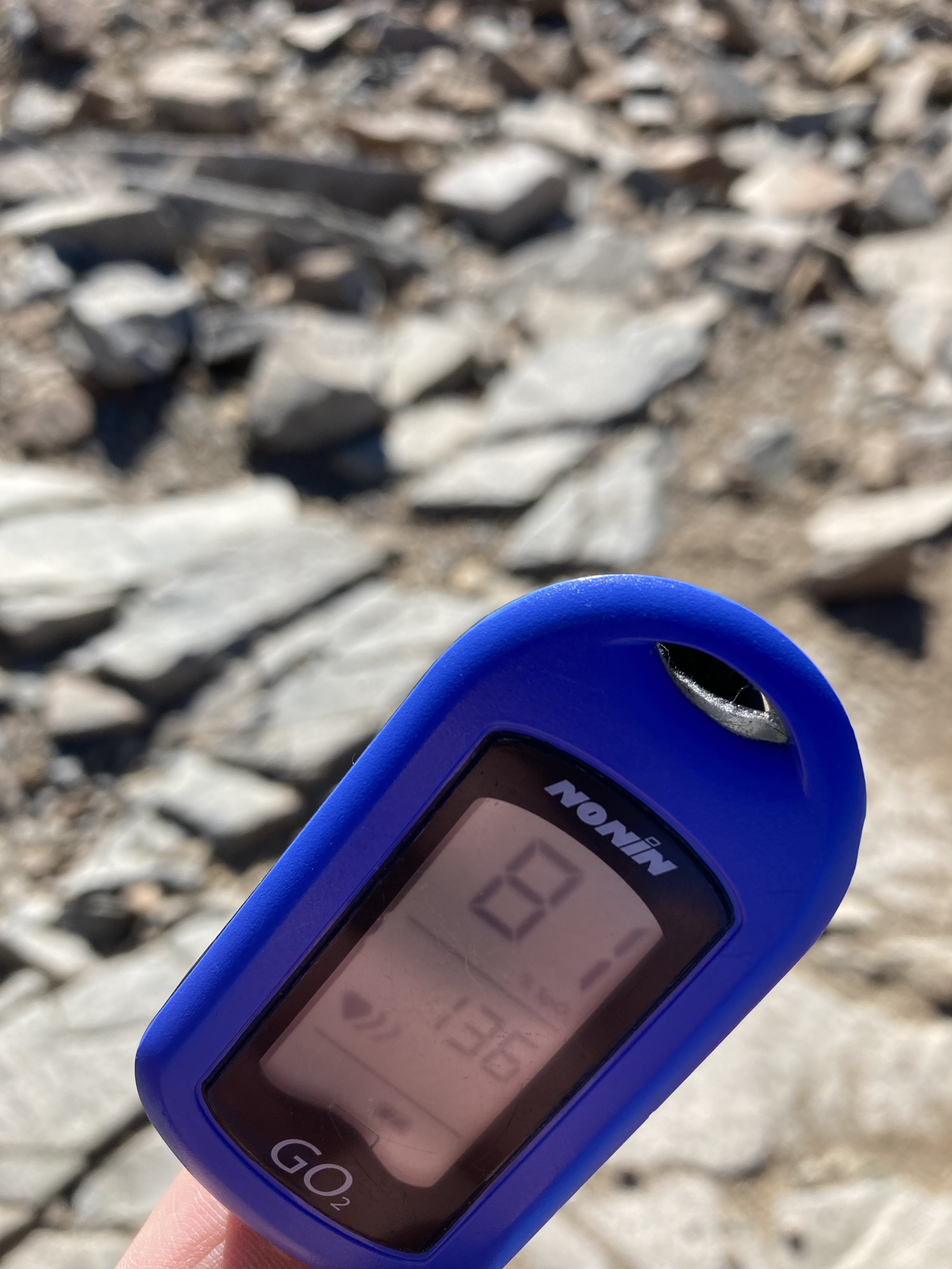View of Mount Audubon from Mitchell Lake
“Everyone has a plan 'till they get punched in the mouth.”
- Mike Tyson
I live in Florida, basically below sea level : ) So when my best friend invited me to hike up to 13,200 ft, I put a ton of pressure on myself to do it. I thought, “I’m The Breathing Diabetic. I better be able to handle some altitude.”
But I didn’t train how you might think. Of course, I initially started with more breath holds. But I realized that the issue at altitude is lower air pressure. To breathe, our lungs expand, the pressure decreases in our lungs, and air flows in from the atmosphere due to the pressure difference. However, at altitude, the lower air pressure will make that process harder.
If each breath is harder, your diaphragm and other breathing muscles will fatigue quicker, and you’ll feel out of breath. Maybe I’m wrong, but that seemed like the biggest issue when I considered everything I’ve learned.
So I decided to focus on lung capacity. With greater lung capacity, the lungs can expand more, pressure can decrease more, and breathing can be easier at altitude. Is this proven? I don’t know. But it made sense to me.
So I did a lot of Wim Hof breathing, a lot of work with the Oxygen Advantage Sports Mask, and a lot of extended exhalations. I also used ocean breathing during my morning breathing practice for added resistance.
Did it work? I’m not sure since I don’t have a control to compare against. But I made it. It was extremely challenging, and all of my plans went out the window once we hit about 11,000 ft. The winds were insane, my hands were freezing, and the continuous uphill was way more brutal than I expected.
To cope, I did some periodic breathwalking, and every few minutes, I took 10 massive Wim Hof style breaths. Going up, I was probably around 40% nasal, 60% mouth breathing (I went into it not caring which hole I used, as long as I made it). Going down was about 90% nasal and 10% mouth.
When I got to the summit, my oxygen saturation was steadily 81-85%. Crazily, my blood sugar was 404 mg/dL (!), which wasn’t helping the situation. But I made it. Mission accomplished.
If you have any thoughts about altitude or my training approach, please send me an email at nick@thebreathingdiabetic.com with the subject “High Altitude.” It was my first time, so I have no clue if what I’m saying makes sense : )
More Pictures
SpO2 was hovering around 81-85% right when we reached the summit. This was with normal nasal breathing.
“Strategically” giving my diaphragm a rest before we started one of the last pushes. I wasn’t tired, just meditating 😂😂😂
Me (left) and James (right) at the peak hiding from the insane winds. Gusts felt like they were over 60 mph.
James taking in the view.










